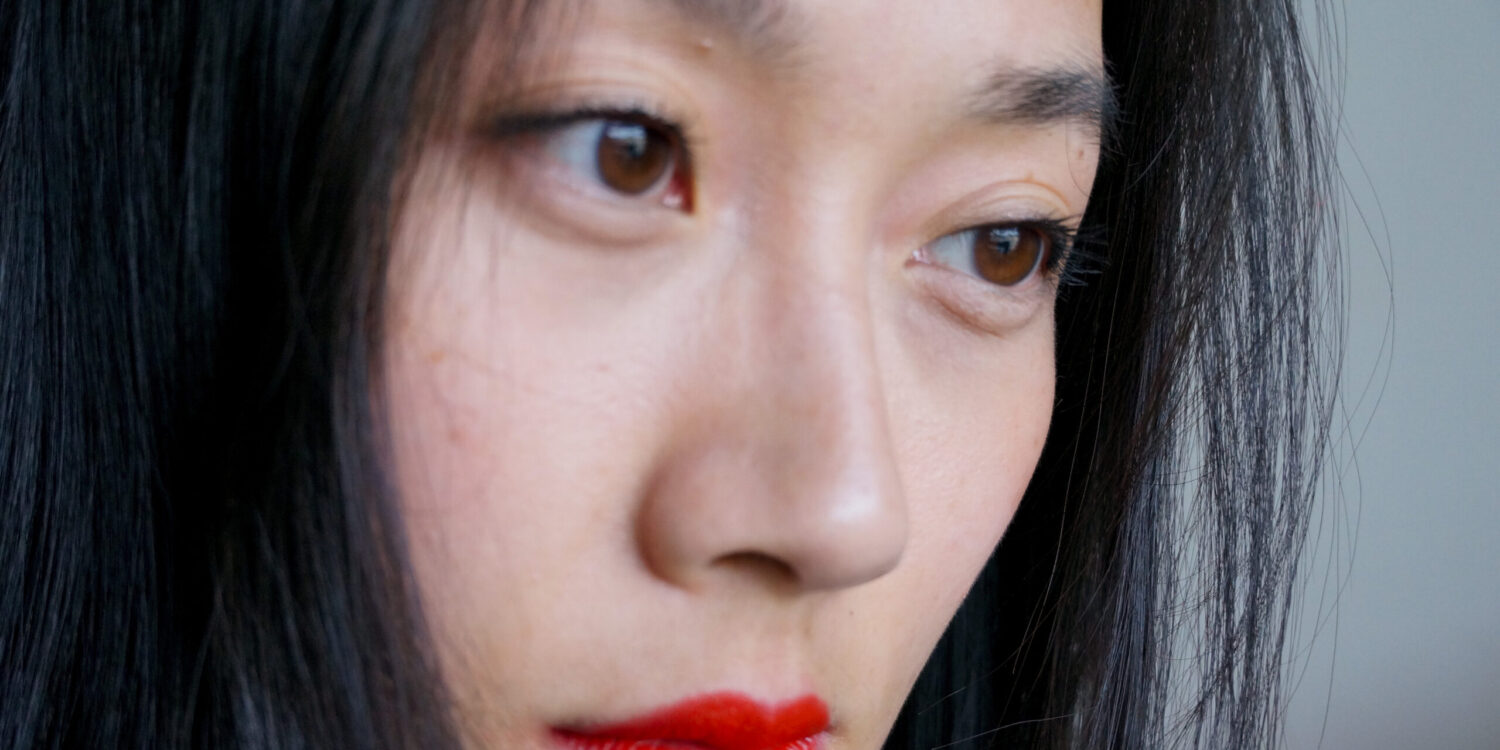Two weeks ago, I burst into tears towards the end of an online voice lesson. The teacher had asked if there was any repertoire that I would like to sing a phrase or two from, anything that would make me feel good. The truth was: singing did not feel good. It hasn’t felt good for a while, and very few pieces made me feel like I belonged with them. We talked a little, and the homework she assigned me was to 1) gently observe my body while breathing in daily life, and 2) find some joy.
I stood in the bedroom the next day, in front of the Ikea mirror squares stuck to the inside of the built-in-closet’s door, ready to do my homework. I breathed, observed the subtle movements in my body. I also really look at myself. I saw my body, 6 kilos heavier than before the pandemic started affecting daily life in Europe. I saw my deep sadness, something I didn’t dare touch right now. I saw my guilt, for doing this to myself, to my body. I felt regret that I had wasted time during these lockdowns, numbing myself on food, on books, on TV shows. My dedication to music and singing was, apparently, so easy to wipe out. Was it even there in the first place? My voice is nothing special, my body is weak, I have no mental grit. Et cetera, et cetera.
Towards the end of my silent pity party, I decided that I wanted to do something that felt brave. Going for a run, after more than a year of no running and very little exercise, was the first thing that came to mind. If I was going to suffer, might as well suffer in a healthy and useful way. Before I could change my mind, I wrapped my bluetooth headphones around my ponytail, put on my “dance party” playlist, and listened to it while pulling on some leggings, socks, and an old sweatshirt. During the tying of my shoelaces, I decided quickly that running straight along the main road, out and back, would be the easiest route.
I ran along the pavement of Manchester Road for 20 minutes. It sucked so hard. But I did it, and it got logged into my Nike running app. After showering, I looked at myself in the mirror again. Still heavy, still weak, but at least I did a thing for myself today. The next day, I set the target for 5k and ran again with my “dance party” playlist.
The day after that, I did the same.
Then again. And again. And again.
I grinned when my favorite songs came up. I picked up my pace when a faster song came up (and slowed it back down after the song was over). Fellow runners and I smiled as we gave each other a wide berth.
From that, I found a kernel of joy. It’s not big, but I hope that it is sticky. I hope that bits of fulfillment and strength will catch on it and build, like a dust bunny magically fluffing up in a dark, quiet corner.
I have realized that, for my present state, verb-ing is a better way of moving through the world than noun-ing. I am not a runner. I don’t think I will ever identify as a runner, even if I get faster and stronger. If I go down that path, it will lead to thoughts like, “I should be aiming for ______ if I was a runner.” Instead, I just run. Adjectives also don’t matter: I don’t care if it is a slow run, a fast run, a good run, a bad run. All that matters is that I am running. There is joy in sucking at it, but doing it anyway. “Doing” is the important part.
I wonder if this applies to my singing. I often feel like I don’t fit well with the identity of a singer. I have no good answer when asked, “What kind of soprano are you?”, since that requires an even more detailed foray into the taxonomy of nouns, and I have yet to encounter ones that feel like true names for myself.
But, I sing. I am singing, I sang, I have sung. I will sing. And maybe that is enough.
I ran for 11 days in a row. Yesterday was my rest day, and today I ran 5k again with light Yorkshire rain sprinkling on the way back. I still feel heavy, but I feel much more “muchier”, as the Mad Hatter from Alice in Wonderland would say. I might do some humming later in the afternoon. And for now, for today, that is my joy.
